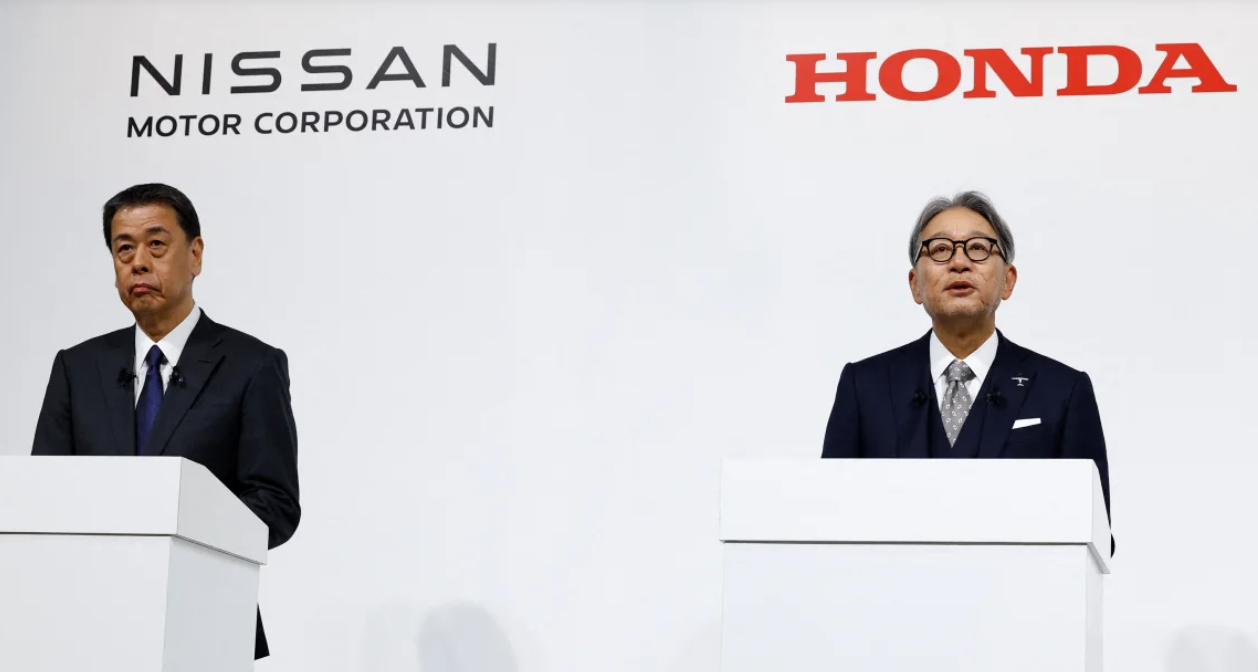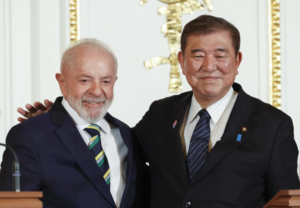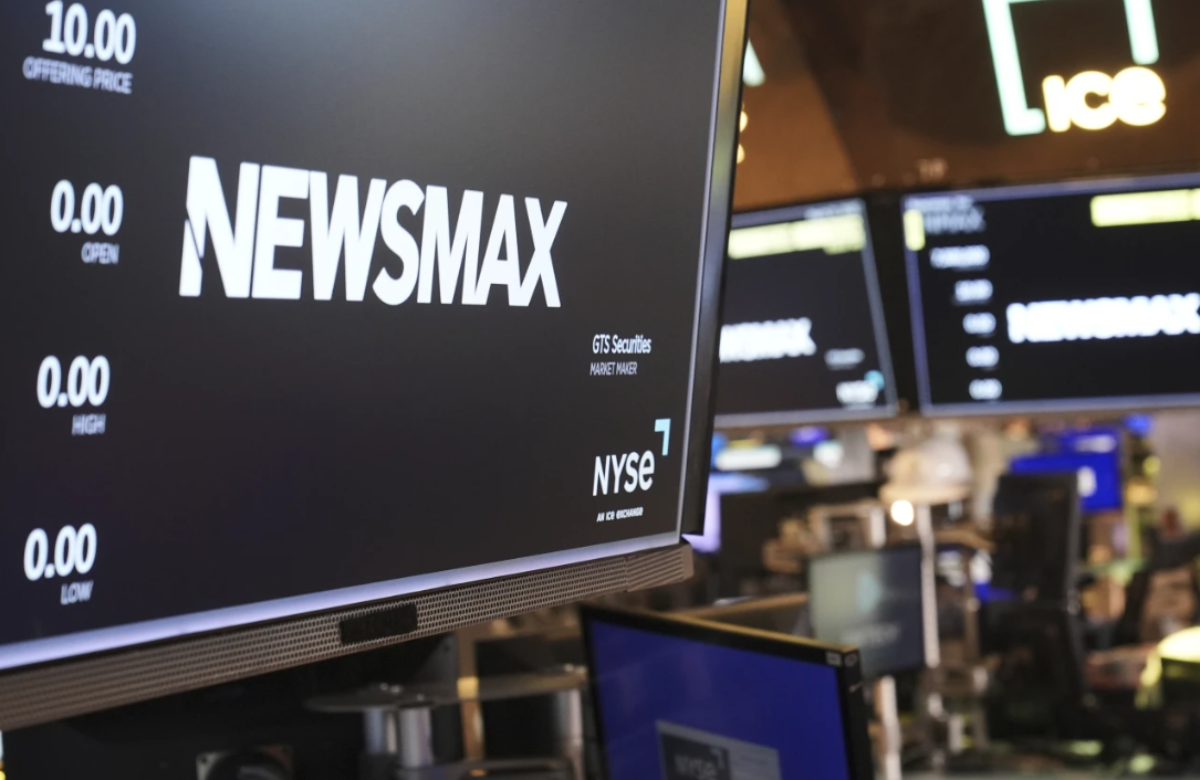The automobile industry worldwide is at a stage of rapid change, moving from conventional fuel to electric vehicles. In such a situation, Japanese automakers Honda and Nissan have announced that they have started talks for a merger. The merger will create the world’s third-largest automaker by sales.
Purpose of Merger:
Honda and Nissan signed a memorandum of understanding on Monday, with Nissan’s smaller partner Mitsubishi Motors Corp also set to participate. The three companies are planning to merge their businesses and form a joint management structure. Honda chairman Toshihiro Mibe said the final deal on the merger is targeted to be completed by August 2026.
Pressure from China and Tesla:
Japanese automakers are lagging behind leading competitors in electric vehicles. As companies such as China’s BYD and Tesla gain more market share, Japanese manufacturers are challenged to stay competitive by cutting costs.
Post-merger strength:
The merger will bring the combined production of Honda, Nissan, and Mitsubishi to around 8 million vehicles a year. In comparison, Toyota was producing 11.5 million vehicles in 2023. Even after the merger, Toyota will remain the largest automaker in Japan.
Benefits for every company:
Honda will get technology support from Nissan for large SUV and truck models, while Nissan will benefit from Honda’s EV and hybrid research. Mitsubishi’s participation will support research into batteries and autonomous driving software for electric vehicles.
Financial difficulties and changes in management:
Nissan recently cut 9,000 jobs and reduced global production capacity by 20%. Also, company CEO Makoto Uchida has taken a 50% pay cut, accepting responsibility for the financial situation. Fitch Ratings called Nissan’s credit rating ‘negative’ but noted that the company has strong cash flow.
Investor enthusiasm:
The news of this merger has created positive sentiment among investors. Nissan’s share price rose more than 20%, while Honda’s shares rose 3.8%.
Role of Govt:
The Japanese government has not directly commented on the merger. However, Cabinet Secretary Yoshimasa Hayashi has said that Japanese companies should take necessary steps to survive in international competition.
New direction of industrial integration:
The purpose of this merger is not only to improve the financial position, but also to create a position in the global market based on fast-changing technology. Such integration could give a new direction to the Japanese automobile industry.














